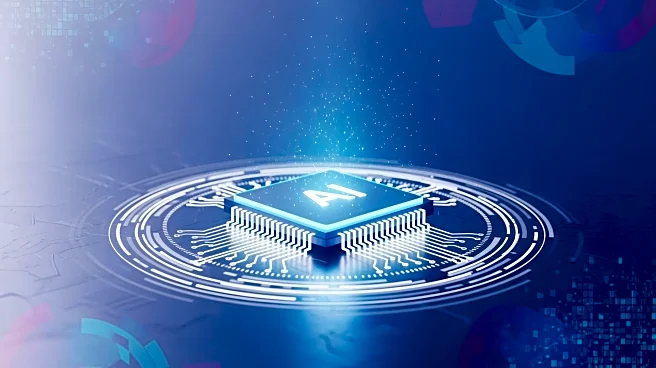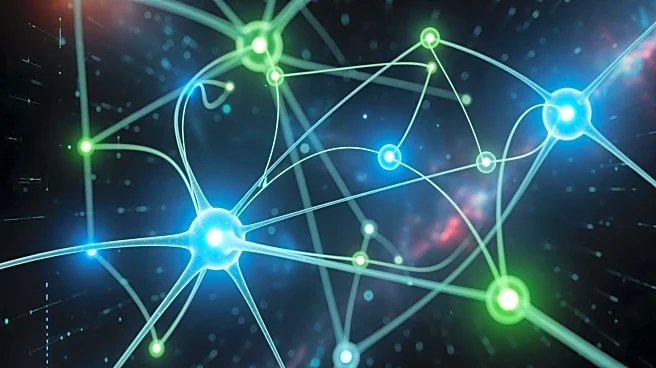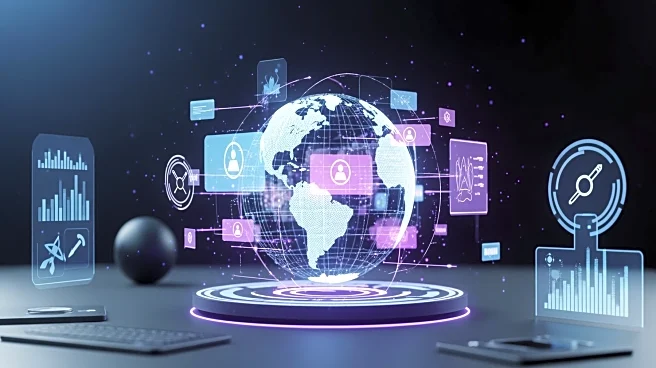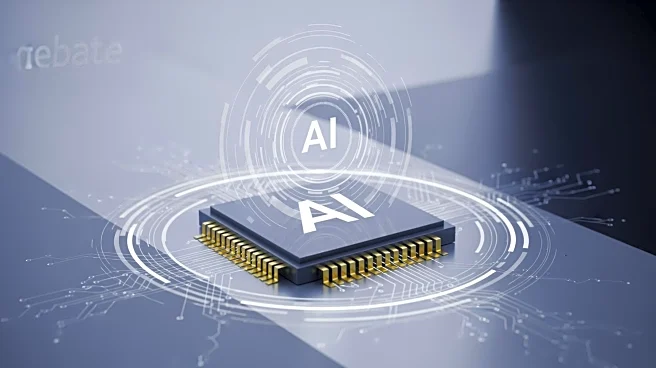What's Happening?
The concept of 'vibe coding' has emerged as a significant trend in programming, where artificial intelligence assists in writing code using natural-language prompts. This approach allows programmers to
focus on the 'feel' of AI rather than strict syntax, facilitating faster generation and simpler interfaces. The term, which originated from a tweet by Andrej Karpathy, has gained widespread recognition and was recently named the Word of the Year 2025 by Collins Dictionary. 'Vibe coding' represents a shift from traditional programming logic to a more intuitive and collaborative development process, with AI tools like GitHub Copilot and Cursor leading the way.
Why It's Important?
The rise of 'vibe coding' signifies a transformative shift in the software development industry, where AI is increasingly taking over traditional programming tasks. This trend could lead to increased efficiency and creativity in coding, as programmers focus on setting the tone and direction rather than controlling every line of code. It also highlights the growing influence of AI on human language and communication, as interactions with AI become more intuitive and emotionally charged. The adoption of 'vibe coding' could reshape the development paradigm, making programming more accessible and collaborative.
What's Next?
As 'vibe coding' continues to gain traction, we can expect further integration of AI in programming environments, potentially leading to new tools and platforms that enhance collaborative development. The industry may see increased investment in AI coding platforms, as businesses and investors recognize the potential for innovation and efficiency. Additionally, the cultural impact of 'vibe coding' may extend beyond programming, influencing how humans interact with technology and each other, as AI becomes a more integral part of daily communication.
Beyond the Headlines
The emergence of 'vibe coding' raises ethical and cultural questions about the role of AI in human creativity and communication. As AI tools become more adept at mimicking human language and emotions, there is a risk of dependency on technology for creative processes. This shift also challenges traditional notions of rationality and emotion, as machines begin to exhibit characteristics once thought to be uniquely human. The long-term implications of 'vibe coding' could redefine the boundaries between human and machine interaction.











